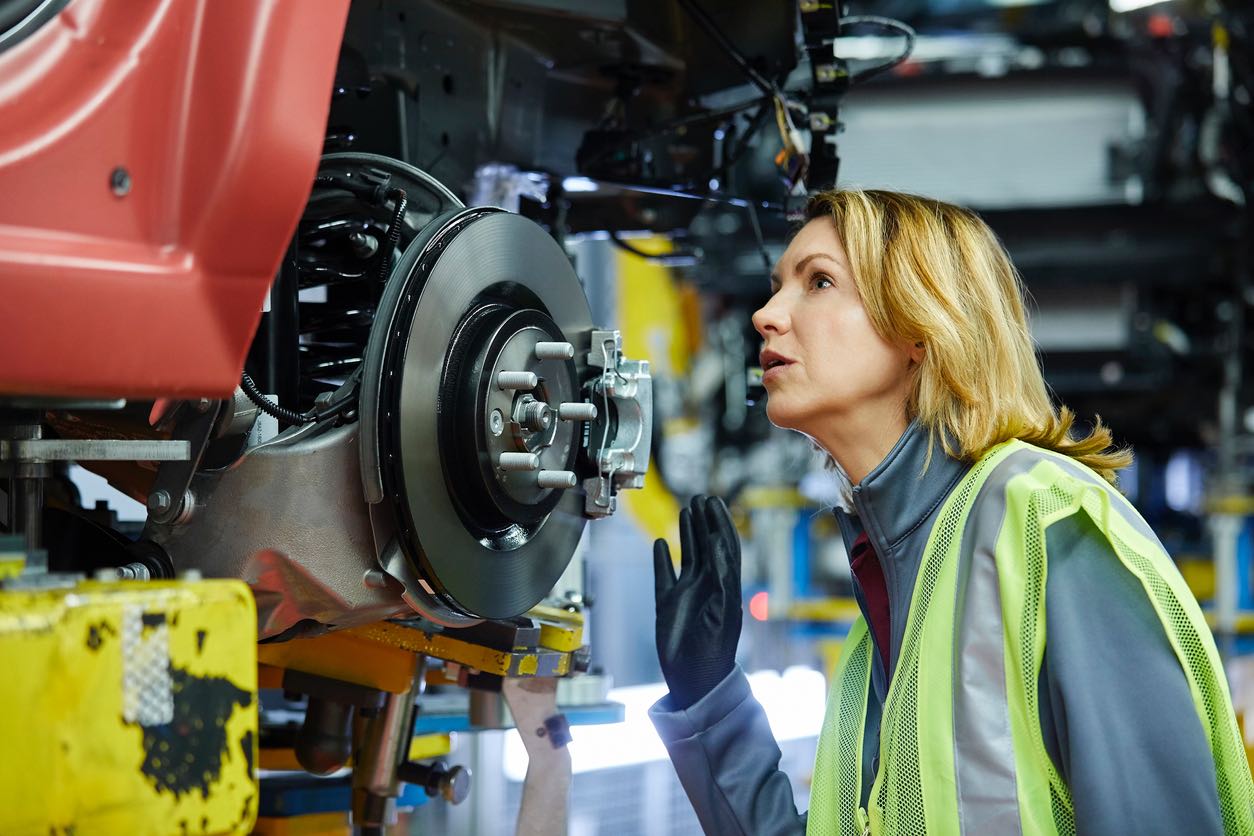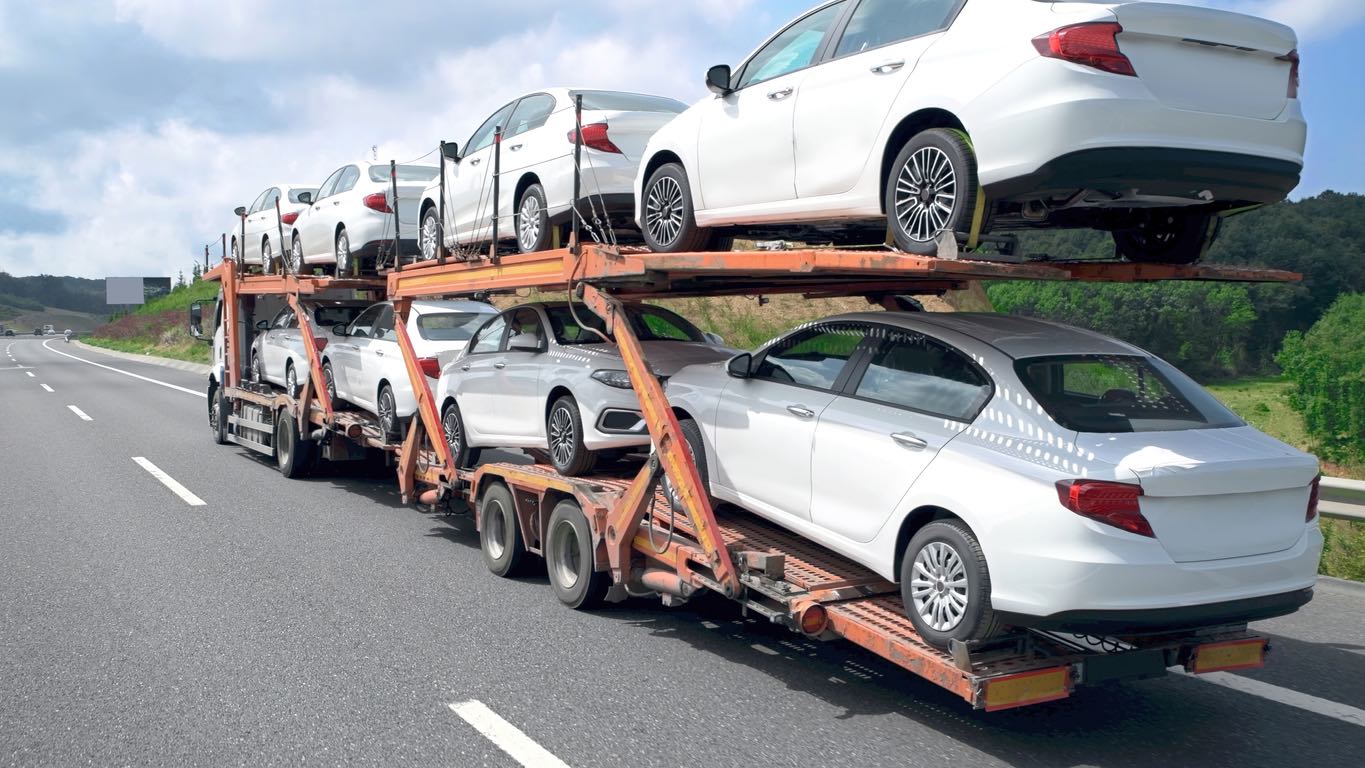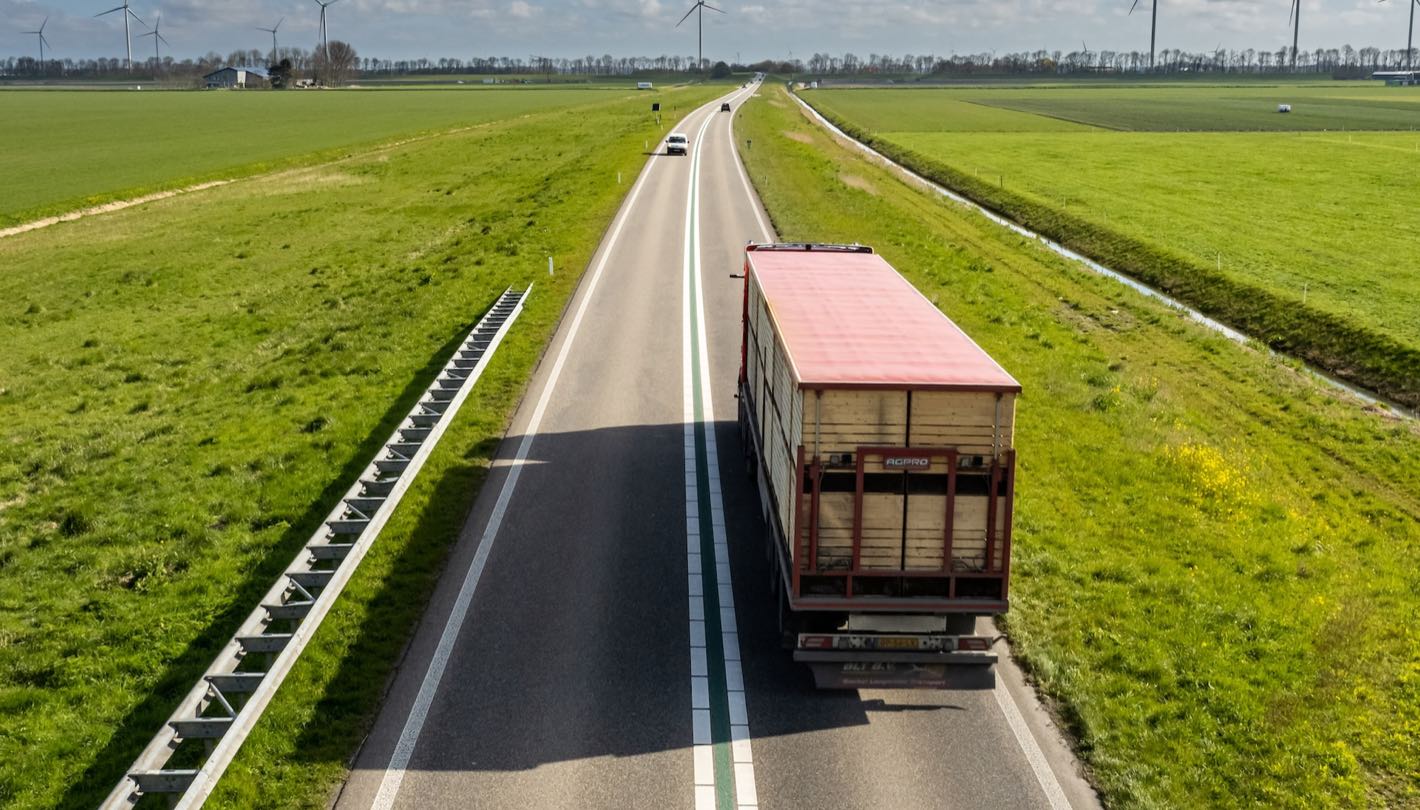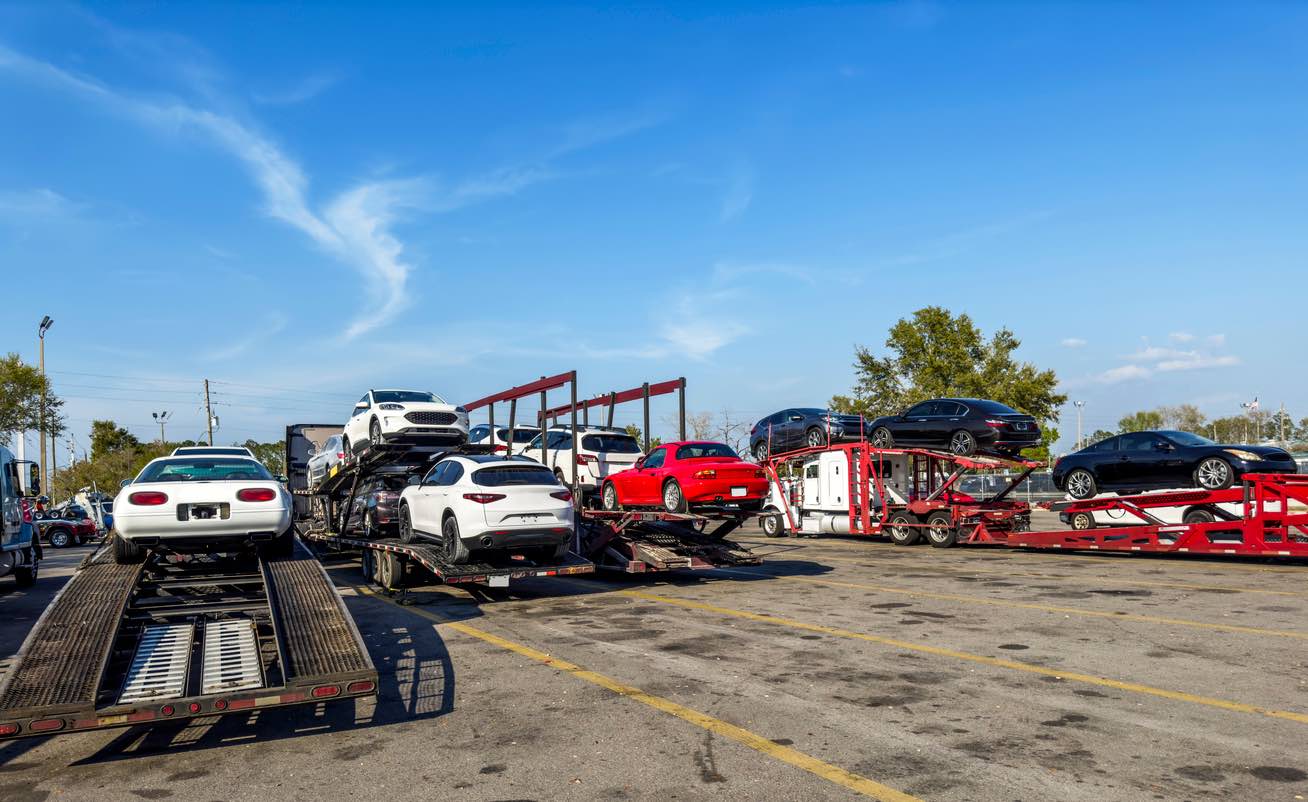Vehicle distribution to dealerships is a complex process with several steps and numerous parties. To protect the priceless cargo, this intricate procedure demands cautious handling and thorough preparation. A car’s journey from the production to the dealership lot is far from straightforward; it involves a well organized symphony of transportation and logistics.

It’s frequently forgotten to ask where dealerships get their autos from. The erroneous belief is that cars just materialize out of nowhere on the lot. The truth is that a complex network of manufacturers, shipping firms, and dealerships operates in unison.
Despite the fact that they were only invented not too long ago, automobiles have seen significant development since the first one was awarded a patent in the year 1886. In the beginning, vehicles from Europe, which is considered to be the “cradle of the automobile,” were exported all over the world by means of ocean vessels. As the number of automobiles and factories in the United States expanded, other forms of transportation were phased out and replaced by rail.
Alexander Winton came up with the idea for the first auto carrier in 1898 as a solution to the problems associated with rail transportation, which included prohibitively high costs and a dearth of supporting infrastructure. This development marked the beginning of automobile road transportation, despite the fact that it only had a limited capacity. The evolution of rail and road transportation over the course of the years has resulted in significant changes to the manner in which automobiles are transported, which in turn has led to the development of modern auto carriers.

While there are certain parallels between the transportation of automobiles today and in the past, there has been a major evolution. For instance, if an automobile is made abroad, it travels via ship, train, and road as part of a multi-modal journey.
Cars are shipped from foreign automakers to American ports via cargo ships, which have the capacity to carry thousands of automobiles. After arriving in the United States, the automobiles are delivered to the dealerships either by truck or train, depending on the distance. Even though it is less obvious to the general public, 75% of vehicles and trucks in the United States are transported by rail at some point during their route.

Road transport is used for the journey’s last leg. The cars are then transported to their various dealerships by being put onto trucks. This step calls for experienced drivers who can organize and secure the cars while also guaranteeing their safe delivery.
The transportation process depends heavily on drivers. Drivers must be experienced, trained, and qualified due to the high value of the cargo. To guarantee safety and compliance, they must abide by federal and state laws governing the weight of cargo, vehicle height, and driving hours.

The distance an automobile must travel from the manufacturer to the showroom determines how long it will take. In comparison to manufacturing abroad, domestic companies like General Motors, Stellantis North America, and Ford Motor Company have quicker travel times. Delays can, however, be brought on by things like the weather and shipment capacity.
Risks are involved when moving many automobiles on a double-decker trailer. The automobiles need to be thoroughly cleaned when they arrive at the dealership since they are exposed to the elements and road debris.
There are a number of stages involved, as well as a number of different modes of transportation, in the process of transporting a vehicle from the factory to the dealership. It is necessary to make meticulous preparations, hire skilled drivers, and abide by all applicable rules in order to ensure that the priceless cargo is delivered without incident.

Ship A Car stands apart in the field of automobile shipping because to the depth and breadth of its knowledge, its extensive network of reputable carriers, and its unwavering commitment to both efficacy and safety. Ship A Car, Inc. is the business that should be chosen because of its track record of transporting thousands of autos each month. This makes the company an ideal choice for manufacturers and retailers who are searching for car shipping services that are both swift and secure.
- How has the method of moving automobiles from manufacturing to dealerships changed throughout time? Since the early days of single-car carriers and restricted rail transit, the procedure has greatly changed. The transportation of automobiles is now efficient and secure because to the multimodal route that includes cargo ships, rail, and roads.
- How do drivers help deliver vehicles to auto dealerships? The final step of transportation is where drivers are most important. They are in charge of positioning and fastening the automobiles on the trailer and making sure they get at the dealership safely.
- Why ought I to pick Ship A Car, Inc. for my car transportation requirements? With years of expertise, a network of trustworthy carriers, and a dedication to efficiency and security, Ship A Car, Inc. They take the highest care with every shipment, making them the best option for your automobile transportation requirements.




